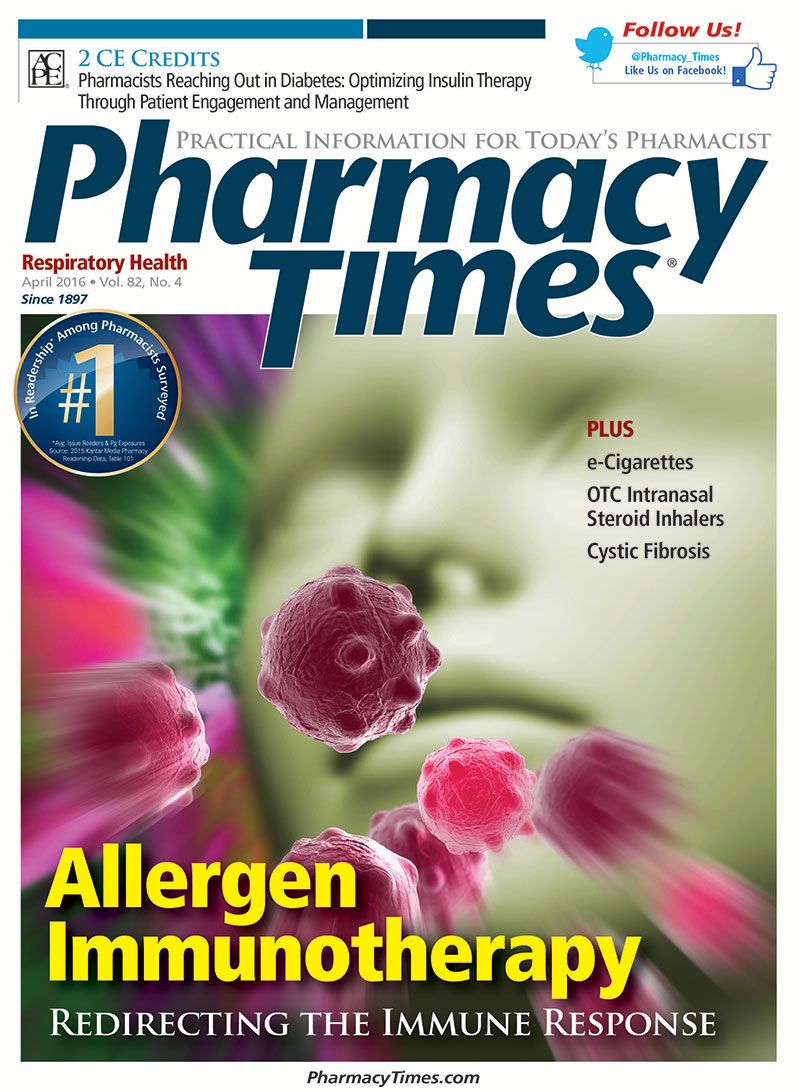Publication
Article
Pharmacy Times
Hydrocodone Prescribing Sees Steep Decline
Author(s):
In October 2014, hydrocodone combinations were rescheduled as Class II controlled substances.
In October 2014, hydrocodone combinations were rescheduled as Class II (CII) controlled substances. There had been years of debate and work to reschedule the drug, which in its pure form had always been scheduled as CII; however, in its typical retail form, in combination with acetaminophen and other drugs, it had maintained its CIII status for decades.
Hydrocodone combinations have historically been the most prescribed prescription drugs and were widely used to manage acute pain and, in some cases, breakthrough pain for chronic pain sufferers. By sheer volume, this made hydrocodone combination products the most abused prescription drugs in the United States. The Drug Enforcement Administration (DEA) Office of Diversion Control, with support from some law enforcement, made many attempts to reschedule the drug as CII, but kept failing. That changed in October 2014, but not everybody applauded the rescheduling.
Practitioners and advocates for patients with pain said that it would put an unfair burden on legitimate patients because multiple refills and phone-ins are not possible with CII drugs. The move to CII status would also increase health care costs because patients would need to visit their health care provider more often to secure their refills. However, a few years ago, this concern was somewhat mitigated by the rule allowing prescribers to provide a 3-month supply of CII drugs by writing 3 prescriptions on the same day, with “do not fill until….” on 2 of the prescriptions.
The rescheduling of hydrocodone combinations had a dramatic impact on their prescribing. According to the US Department of Health and Human Services, 26.3 million fewer hydrocodone combination prescriptions were written in the first year after rescheduling, amounting to approximately 1.1 billion fewer dosage units. (I am not sure whether this means these drugs are no longer the most prescribed in the United States.) Does this decline in prescriptions mean that unneeded prescriptions are being written less or that thousands of pain patients are going without medication? Perhaps the legitimate patients were switched to another CIII pain medication.
Although I am not a physician, I have sat through enough lectures by pain management experts from all over our country to know that patients with chronic pain should not be on a daily regimen of fast-acting, short-duration opioids. Rather, these patients should be on an extended-release product that does not contain acetaminophen. Various opiates in abuse-deterrent formulations, including hydrocodone, are now available on the market. I do understand, however, that breakthrough pain relief with the use of a fast-acting medication may be necessary.
It is interesting to finally see data that show a more than 20% reduction in the prescribing of hydrocodone combination products in their first year as a CII controlled substance. This reduction is exactly what I assume the DEA and others wanted to see. I am not sure what happened to individuals who were receiving the medications. Did their prescriber switch them to another CIII pain medication so that they could continue getting phone-in scripts and refills? Were they less-than-legitimate patients who pursued heroin or another prescription drug? I do not know if there are data on what happened to patients who are no longer receiving hydrocodone combination products. I do know that some prescribers have always been concerned about writing CII prescriptions. I guess this is due to the perceived added scrutiny they might receive from law enforcement.
The bottom line is that we need to try to safeguard the needs of legitimate patients with pain. I have not seen evidence that rescheduling hydrocodone combination products negatively affected this important group. Patients with chronic pain are likely already on CII medications, many of them long-acting, abuse-deterrent formulations. If I am wrong, it will show up in the data eventually, but it was hard for me to dissent from a measure to reschedule hydrocodone combination products as CII when they have been the most abused medications on the market. The standard by which controlled substances are given CII status has fit hydrocodone combination products for decades, so the rescheduling was likely a very good move.
I am very interested in hearing the opinions of retail pharmacists regarding the rescheduling of hydrocodone combination products, so please let me know your thoughts.
Cmdr Burke is a 40-year veteran of law enforcement and the past president of the National Association of Drug Diversion Investigators. He can be reached by e-mail at [email protected] or via the website www.rxdiversion.com.

Newsletter
Stay informed on drug updates, treatment guidelines, and pharmacy practice trends—subscribe to Pharmacy Times for weekly clinical insights.






